rechmbrs
TPF Noob!
- Joined
- Dec 23, 2009
- Messages
- 2
- Reaction score
- 0
- Location
- Conroe, TX
- Can others edit my Photos
- Photos NOT OK to edit
I found http://www.thephotoforum.com/forum/beyond-basics/160736-photographing-oil-paintings.html sometime ago and have used the advice from Dwig with success. I have a second problem that I must do some shooting with the paintings in-situ. Some are hung and others on easels.
Problem I see is to make film plane parallel to painting which I can not physically touch in anyway. Anyone know of a laser measuring setup? Some other way?
Really appreciate the insight I've gained from this forum.:blushing::blushing:
RON C
Problem I see is to make film plane parallel to painting which I can not physically touch in anyway. Anyone know of a laser measuring setup? Some other way?
Really appreciate the insight I've gained from this forum.:blushing::blushing:
RON C


 :lmao::lmao:
:lmao::lmao:


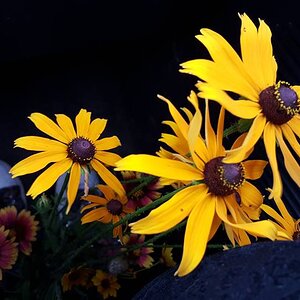
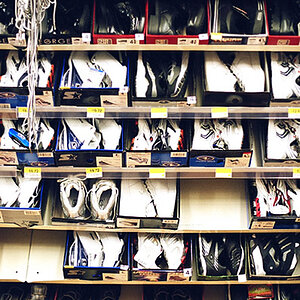
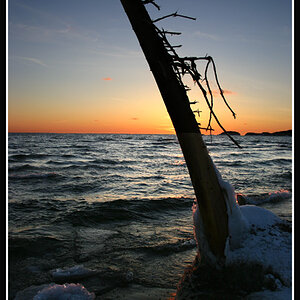
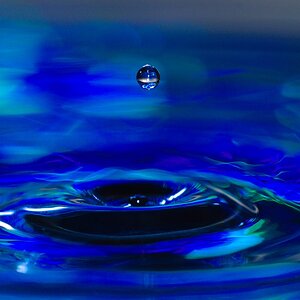
![[No title]](/data/xfmg/thumbnail/42/42230-fa8ace50a80342c7d91db1431f911bab.jpg?1619740048)
![[No title]](/data/xfmg/thumbnail/37/37608-63b0d340b0972479217b548a4026df96.jpg?1619738149)
![[No title]](/data/xfmg/thumbnail/37/37539-ae46a74e6510aad73c9101a029847880.jpg?1619738133)
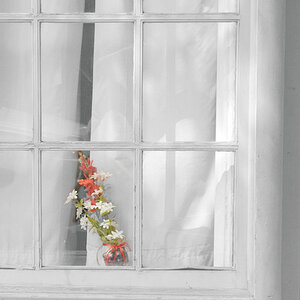

![[No title]](/data/xfmg/thumbnail/33/33357-bd174890e33fb2a7f7338b9278e6dad2.jpg?1619735920)